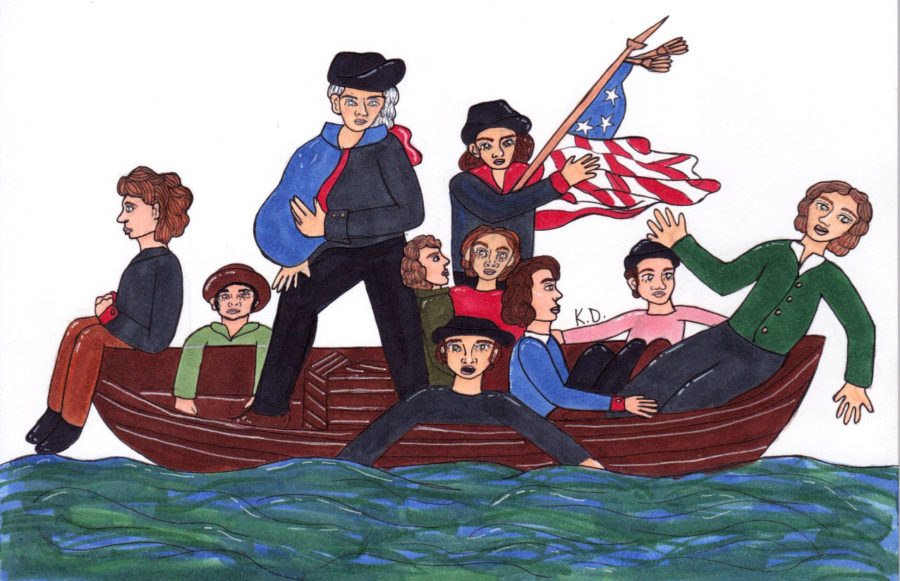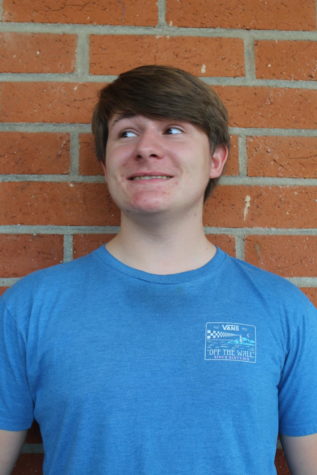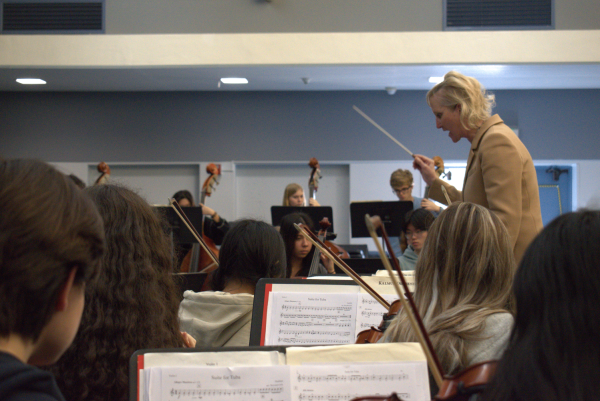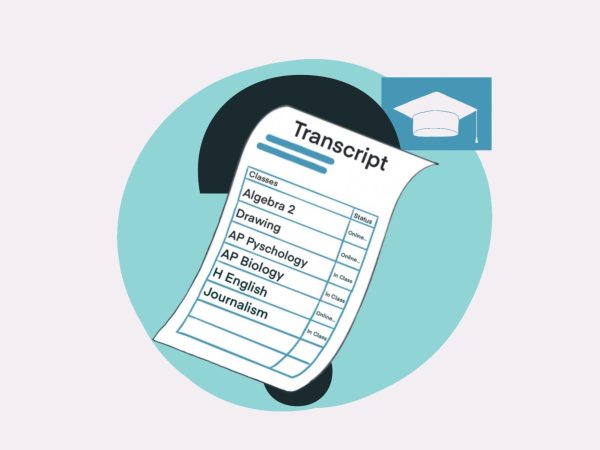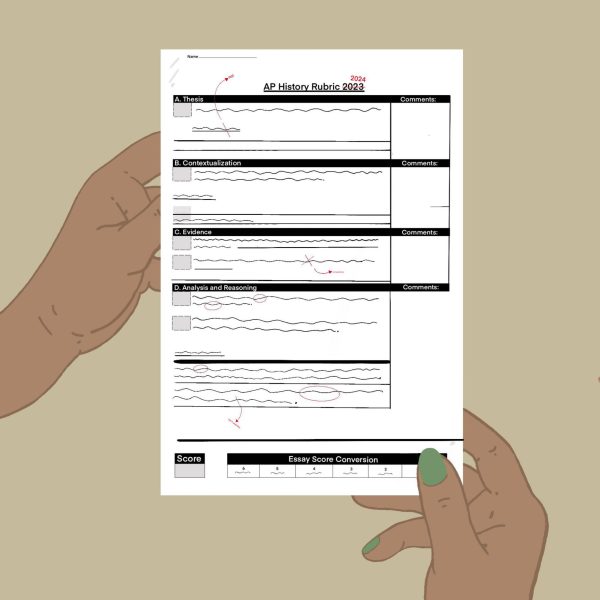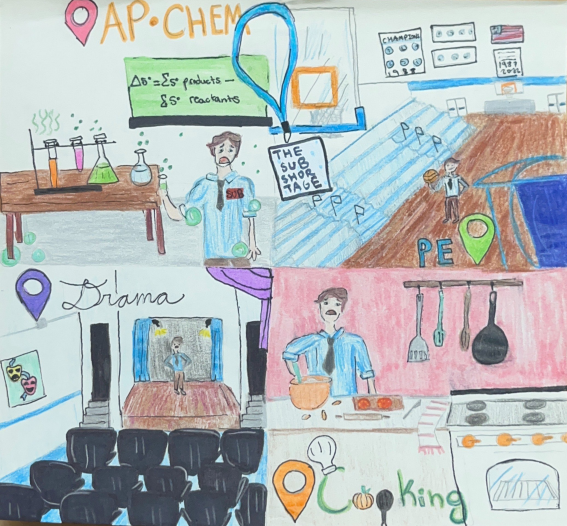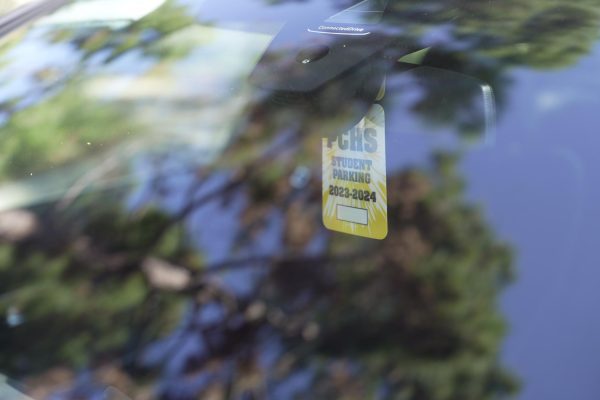Pali adds additional Honors United States History class to accommodate students dropping APUSH
Honors United States History classes were completely full at the start of the fall semester, so many students looking to drop APUSH were left with nowhere to go. To remedy this situation, the administration added a new section of Honors U.S. History.
Junior Olivia Sandorf is one student who was put in this situation. She explained, “I was going to switch out because I’m taking two other AP™s and I want to do extracurriculars.” Some students, such as Sandorf, requested to switch out, but decided to remain enrolled after being told they couldn’t transfer.
Pali currently has nine AP™ United States History classes (APUSH), and 10 Honors US History classes (HUSH). The 10th Honors US History class was created on Sept. 6 and is being taught by Negin Mahmoudi. This solution should allow any student who wants to switch out of APUSH the ability to do so.
Ian Miller, a current APUSH and Honors African American History teacher at Pali, explained that he believes the situation resulted due to the increased popularity of APUSH. “You’re talking about a program that on average has passed over 80 percent of kids, with scores that are three or higher…at least half of them being fours or fives,” Miller said. “That success translates into increased demand to get into the class.”
Administration responded to this increased demand by creating more HUSH classes at the expense of some APUSH classes. However, not all the students enrolled in APUSH were prepared for the course, and attempted to switch out once they realized the difficulty. “I think [faculty] kind of hoped that more people would stick in AP™ than have traditionally dropped out in the past,” Miller said. “But, attrition rates being as they are, it’s going to be challenging to find locations for them to be in classes, if they decide to leave AP™.”
Steven Burr, an AP™ World History teacher and Social Studies Chair, believes the issue resulted from three factors: teachers having physically smaller classrooms, more students dropping APUSH than normal and class sizes being determined with the assumption that no one would attempt to drop the class. “It’s the first time I can recall that happening,” Burr said in reference to AP™ students being unable to drop their course.
With an increase in teachers over the past few years, classes are being held in rooms that hold fewer students. “Students always, at the beginning of the year, drop AP™ classes,” noted Burr, but this year there is an “inordinate number” of students attempting to switch out of APUSH. As a result, this has also been the first year in which there has not been enough space to accommodate for AP™ students who choose to drop their chosen course.
“The previous Director of Counseling [Mr. Jeff Hartman] wanted to go strictly by the numbers [of students enrolled before summer],” said Burr, rather than factor in the number of students who were expected to drop the course.
“It’s an embarrassment of riches,” said Miller. “It’s not about getting people to try it, it’s about too many people trying it.”
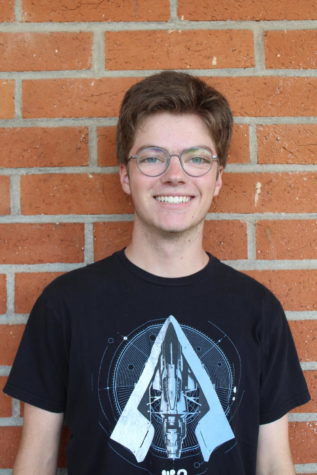
And Max Gray said unto Zade Mullin:
The desires of the flesh are against the Spirit
Galatians 5:17


